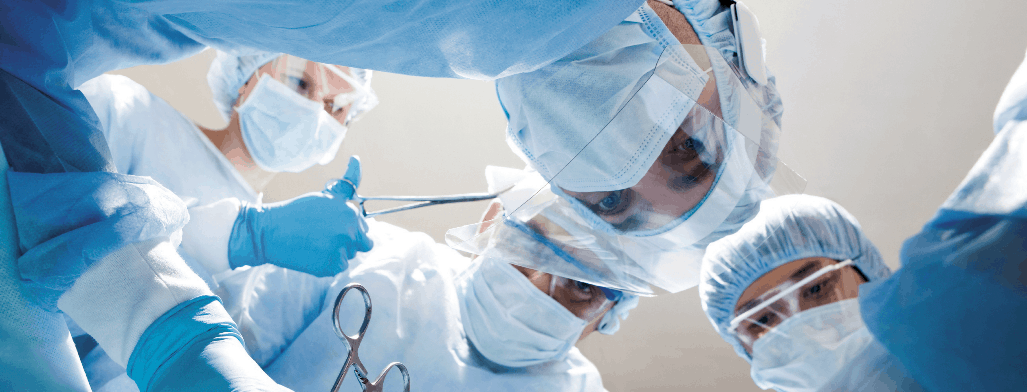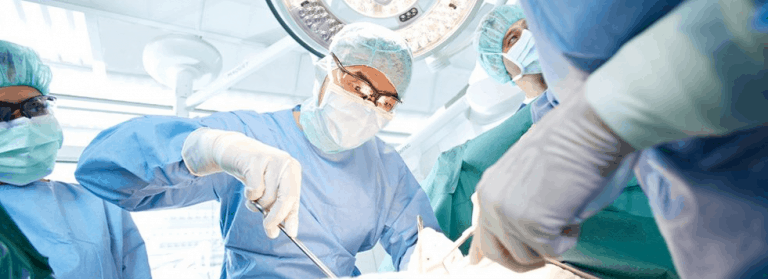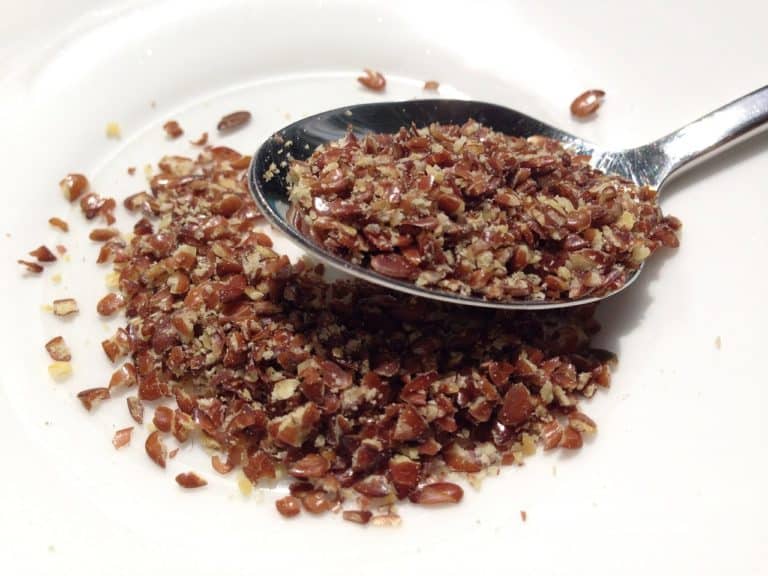Infertility in men is a common issue. According to the Centers for Disease Control (CDC), when a couple has trouble getting pregnant, about one-third of the time it’s because the man is infertile. Another one-third of couples have mixed (male and female) fertility problems. Infertility in men can be attributed to variococeles about 42% of the time, according to the UCSF Medical Center.
A variococele is an enlargement of the veins along the spermatic cord. This interferes with blood flow, which can cause infertility in men. If you and your partner are having trouble getting pregnant, talk to your doctor about the possible causes. If you are diagnosed with a variococele, treatment options are available to restore male fertility.
Variococele embolization
A non-surgical approach to variococele repair is variococele embolization, or percutaneous embolization. This procedure is not performed as commonly as surgery, but it offers a much faster recovery time. It is done on an outpatient basis with a local anesthetic.
X-rays will be used to ensure accuracy during the procedure. A catheter will be inserted into the femoral vein in the groin area (or sometimes into a neck vein). Very small coils are then inserted to block the abnormal vein. This allows for the rerouting of blood flow and prevents backflow into the testicle. When the blood is diverted, swelling and pressure are reduced.
After removing the catheter, the doctor will apply pressure to the incision site to stop the bleeding. A dressing will be applied. Sutures are not typically needed.
Variococele repair
If a variococele embolization is not a good option for you, your doctor may recommend surgical repair. This may be done with open surgery or laparoscopically. The latter approach uses much smaller incisions and instruments for a shorter recovery time. For a surgical repair, expect general anesthesia. This surgery may be done on an outpatient basis.
A 2- to 3-inch incision will be made below the groin area or in the groin area. After the surgeon identifies the appropriate veins with the help of an ultrasound or a surgical microscope, he will tie them off to divert the blood flow.
Recovery
You will likely be able to return home the same day of the surgery. Have someone else drive you home. If you received general anesthesia, expect to remain groggy for several hours. With your surgeon’s permission, you may be able to return to light activities after two days. More strenuous physical activity may be resumed after two weeks. To alleviate discomfort, you may be prescribed pain relievers for a couple of days following the surgery. After that, an over-the-counter pain reliever may be taken.
Risks & side effects
All surgical procedures carry some potential risks. Complications arising from the anesthesia, blood clots, and infections are possible. Fluid buildup in the scrotum or damage to surrounding structures may also occur.
Lifestyle considerations
Not all variococeles cause infertility in men. If you have a variococele that does not result in major symptoms, your doctor may advise you to avoid surgery and instead consider lifestyle factors. You might take an over-the-counter pain reliever. Wearing an athletic supporter can also help to alleviate the pressure.







